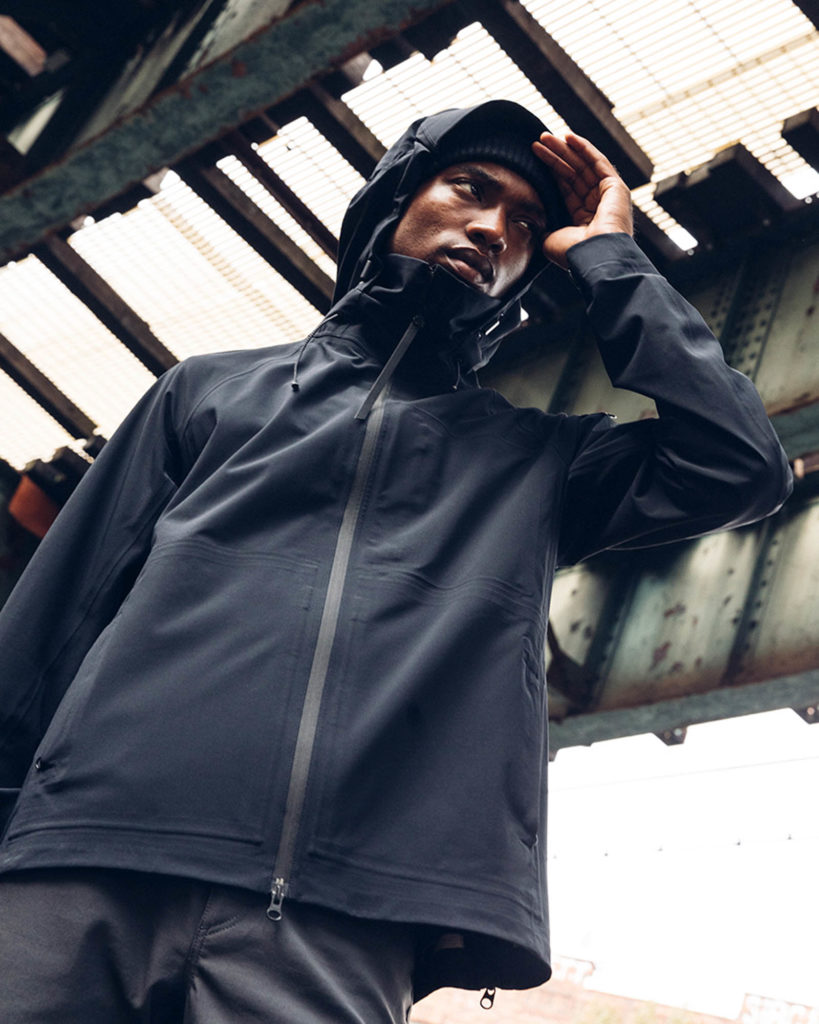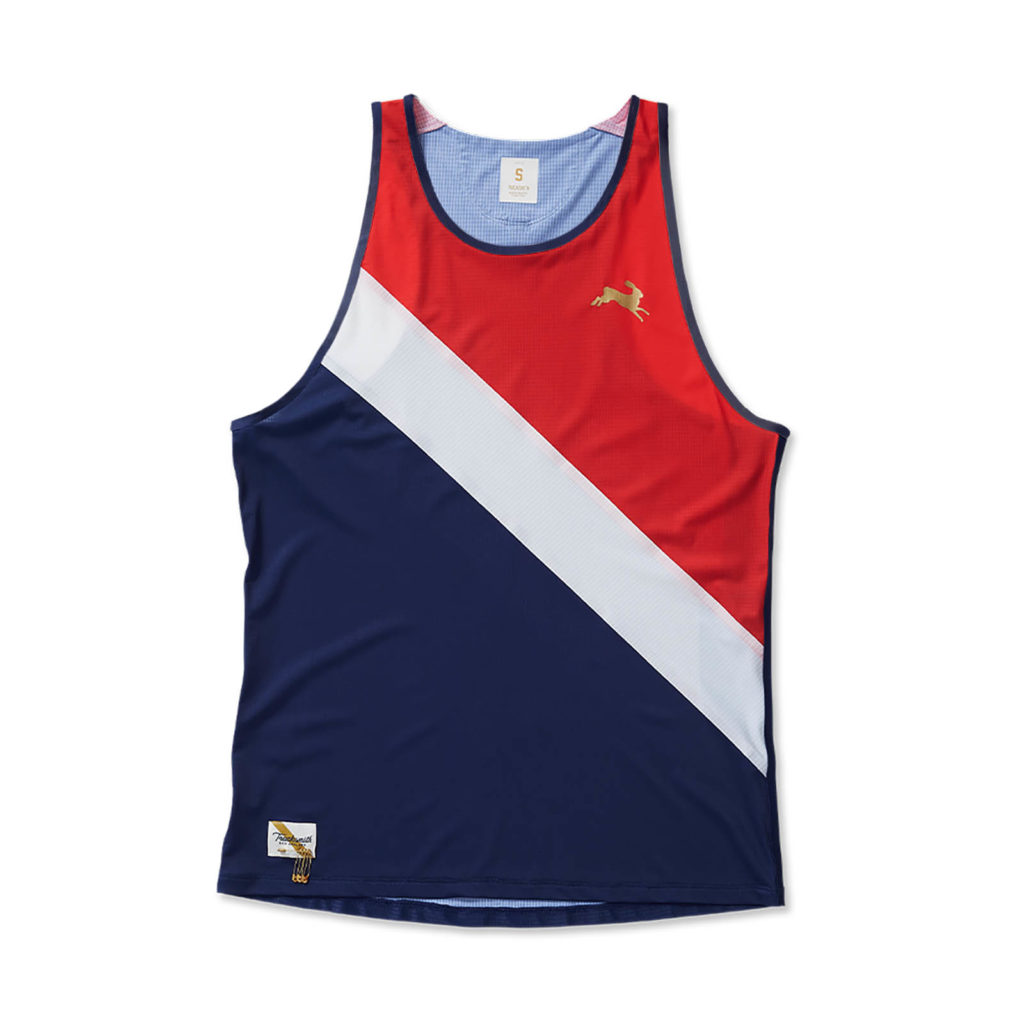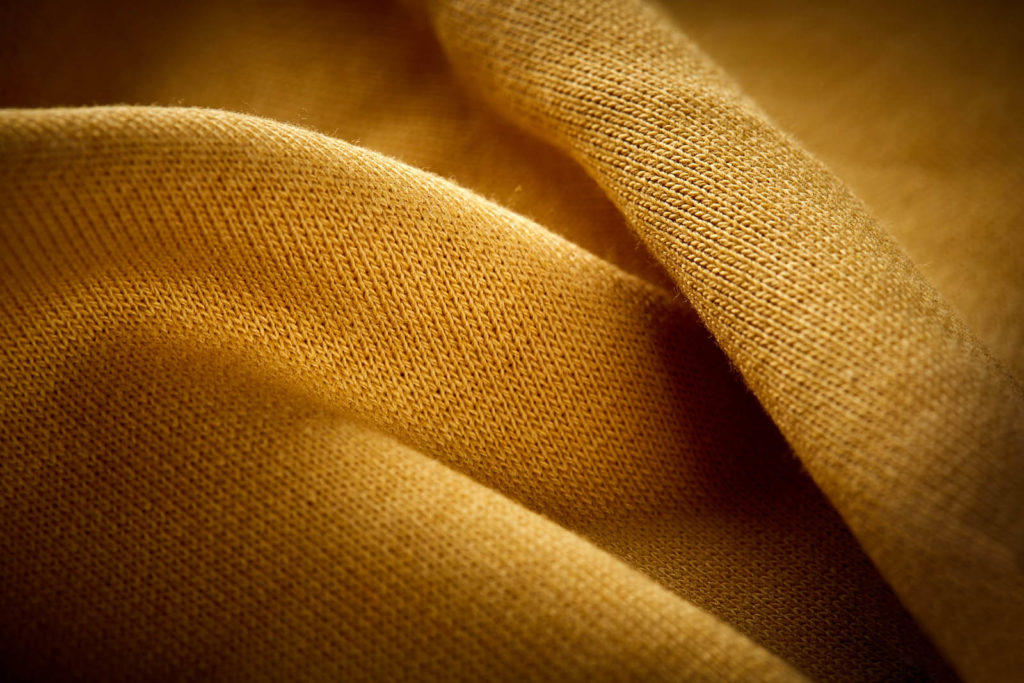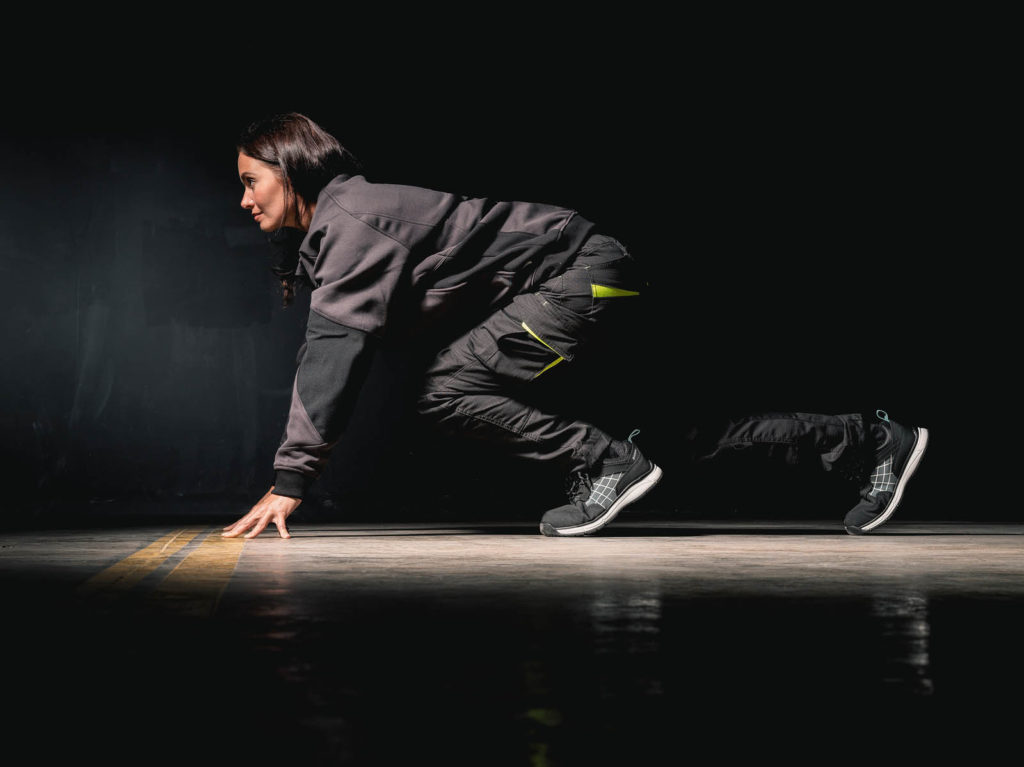Once confined to elite sports and fitness, high-tech apparel textiles are becoming the norm.
by Debra Cobb
The popularity of sport and fitness brands has grown with innovation on the part of high-tech textile and technology companies. Now these functional textiles, once enjoyed only by elite athletes and uniformed personnel, are becoming the norm for weekend and urban athletes, commuters and those at home, driving apparel sales and incentivizing further innovation.

“In the past, fiber technology and materials science were confined to specialists, sports and outdoor players, and the margins of the fashion industry. But no longer. Some of fashion’s biggest brands have joined the new ‘materials revolution,’ characterized by rising investment, radical experimentation and a growing commitment to sustainability,” according to McKinsey & Company’s report The State of Fashion 2020.
The global sports apparel market was valued at US$181 billion in 2019; and is expected (pre COVID-19) to reach sales of US$207 billion in 2025, according to Statista. While the leading sport and fitness brands spend enormous sums on innovation centers and product development, many high-tech textile and technology companies are increasingly consumer-facing and have become brands in themselves. As a result, the creation of innovative performance textiles is very much a collaborative effort between textile and technology companies, sport and fitness brands and, to some extent, consumers.
Partnerships require patience

“It’s not easy to make advanced textiles,” says Stephen Kerns, president of Schoeller Textil USA, the Swiss company with deep roots in technical, protective and performance textiles. “We are always thinking four or five years out; sports and fitness drive a lot of that.”
Schoeller’s focus is on the development of versatile, multi-functional textiles, such as Vollebak’s Ceramic Midlayer which features Schoeller’s abrasion-resistant ceraspace™ technology in a stretch knit, and also offers wicking, thermal comfort and UV protection.
Aerobrane, the company’s electrostatic-spun membrane technology recently launched by brand partner Outlier in their Ecstasy in the Rain jacket, was four years in development. The jacket stars a Schoeller four-way stretch woven laminated to the aerobrane membrane, which is composed of ultrafine, hydrophilic polyurethane fibers layered on top of one another to provide extreme breathability along with wind and water protection.

Schoeller also collaborates with international Olympic teams, particularly in the disciplines of Alpine skiing, speed skating and cycling. The recent athletics competition in Atlanta saw the launch of Tracksmith’s USA singlet made from the brand’s signature fabric, a lightweight and breathable knit from Schoeller’s Eschler division treated with coldblack®technology to reflect the sun’s UVA and UVB rays.
“The people who work closely with us understand innovation and respect how we do things,” explains Kerns. “The price of being a leader comes with some risks.”
Demanding athletes, lifestyle consumers
Long the synonym for rugged, waterproof, outdoor apparel, Gore-Tex’ business includes textiles and technologies for performance, running, cycling, mountain sports and expedition-level activities.
With technologies that range from top-of-the-line 3-layer GORE-TEX® Pro to lightweight 2-layer GORE-TEX® PacLite and non-waterproof, high-performance GORE-TEX INFINIUM™, the focus is on finding and supporting true explorers, according to Mike Adams, who leads Gore’s Mountain Sports Garment business.
“The reach isn’t great, but the authenticity is high,” Adams says. “The sports and fitness markets clearly have a large role in our business. The opportunities for textile suppliers to meet their needs is quite large; and the brands command a great deal of time and attention. By pushing the edge of performance with leadership brands, we find really great innovation opportunities to serve the core sports and fitness market.”
Under Armour’s Breeze running shirt knit with GORE-TEX INFINIUM™ performance fiber is a recent example. A blend of polyester and ePTFE (expanded polytetrafluoroethylene, the waterproof, breathable polymer developed by Gore), the fabric holds less moisture and dries faster than 100 percent polyester fabrics of the same weight, while maintaining softness with less cling.
“Demanding athletes choose Gore,” says Adams. “The large brands are also serving lifestyle consumers who want versatility in their products and can take our technologies and cascade them to other end uses.”
Making connections

With its military and tactical heritage, the challenge for CORDURA® Advanced Fabrics is to better connect with the consumer, according to brand business development director Cindy McNaull.
Based on high-tenacity fibers, Cordura fabrics run the gamut from 30 denier woven silicone-treated nylons to pack cloths, bomber ballistic nylons, and performance apparel products, including durable denims and knits with cotton or wool blends. The recently redesigned, consumer-friendly website offers a good deal of product information.
“The lines between sports, athleisure, military, workwear, moto, are blurred,” she says. “While Cordura is in the durability-plus category, it’s pivoting toward ‘life-resistant’ and long-lasting performance. How do we make a legging more durable?”
McNaull calls out Ekoten Tekstil’s CORDURA® 4EVER™ Nyco knit, engineered using an intimate blend of high-tenacity nylon 6,6 and BCI cotton, which was a Top 10 ISPO Textrends winner in the Street Sports category this winter.

“We see a lot of inspiration in the ISPO Textrends awards,” she says. “While we work with our mill partners to identify unmet needs, the awards trigger interest on the part of the brands.” Cordura has won more than 150 ISPO Textrends awards over the past five years.
Cordura is also featured in fishing brand Orvis’ PRO Wader. “Orvis marries well with Cordura’s journey,” says McNaull. “They consider their anglers as athletes.”
Cordura’s wide-open view of the market for high-tech textiles opens the door to collaborations with other fiber producers, including those supplying natural fibers, cellulosics, and recycled materials. “We are listening to the voice of our customers, from brands to consumers, working with our partners to develop new solutions as a team,” she says.
The macro challenge
Working with an innovation alliance of fabric and garment design leaders and apparel brands, Lubrizol Advanced Materials expands the boundaries of material science technology in thermoplastic polyurethane-based fibers, adhesives, films, foams and performance coatings.
Rob Richardson, Lubrizol’s global business director for engineered polymers’ performance apparel segment, says that the macro challenge for today’s high-tech performance textiles is combining performance with sustainability.

He also believes that Lubrizol’s X4zol™-J TPU fiber represents a powerful solution for high-performance stretch fabrics. Weft knits of nylon and X4zol™-J are perfect for sports and fitness wear—yoga, in particular. Lubrizol is working with leading athletic apparel brands such as adidas, Under Armour, Athleta, and Lululemon.
The X4zol™-J monofilament provides superior stretch at lower deniers and can be re-melted and re-used; when blended with nylon and/or polyester it can also be repurposed into such new uses as apparel trim or molded parts.
Lubrizol is also pursuing alternative chemistries designed to create monofilament TPU stretch fibers compatible with disperse-dyeable polyester, and low heat-settable elastic fibers that can be used with natural yarns. The goal is to “deliver comfortable stretch allowing for the full spectrum of fabric types that the industry requires,” explains Richardson.
“We are building a pipeline of new fiber innovations based on our TPU platform,” he says, explaining that with sustainability as an imperative for brands, “pre-consumer fabric recyclability is what we believe we can impact the most and the quickest.”
Sustainability will drive innovation
Many high-tech textile suppliers agree that sustainability will drive future development. “There will always be consumers looking for the newest in staying comfortable,” Kerns says. “As climate evolves, those comfort needs will shift, requiring something better in performance. Sustainability is going to matter more than ever.”
“Delivering products with consideration for sustainability—not just performance or fashion—will be where we will see innovation,” Adams says.
“Our future focus is sustainability, and that begins with products that last,” says McNaull. “Designing into circularity requires a conversation before you get started. We’ll be doing even more with recycled materials, including a recycled nylon 6.6 to come.”
It is, perhaps, the endurance and multi-functionality of high-tech textiles that makes them most sustainable, allowing consumers to choose fewer, but better garments that offer comfort, protection, and longevity.
And as COVID-19 continues to change the way we live, the comfort and technical performance of these textiles will be even more in demand for working at home, as well as for outdoor recreation.
Debra Cobb is a freelance writer with extensive experience in the textiles industry. She is a regular contributor to Advanced Textiles Source.
 TEXTILES.ORG
TEXTILES.ORG


